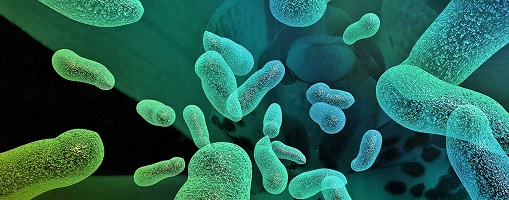OBJECTIVES: At the end of the lesson students should be able to:
- describe the development of the toad
- describe the life history of a cockroach
- describe the life history of a housefly
- state three adaptive features in a developing animal
- state three functions of the placenta and three functions of the umbilical cord to the foetus.
DEVELOPMENT OF NEW ORGANISMS
During reproduction, the sperm fuses with the ovum to form zygote. The zygotes then develop into a new individual.
In multi-cellular organisms, the development involves division, differentiation and organization of cell to form tissue, organs and system.
DEVELOPMENT OF THE TOAD
During the life cycle of an organism, there is a rapid and major change in the appearance of the organism’s body, this is called METAMORPHOSIS. There are two types of metamorphosis namely complete metamorphosis e g. butterflies, bees, ants, mosquito, houseflies and tsetse flies, in-complete metamorphosis e.g bugs, locusts, termites, cockroaches and grasshoppers.
At the beginning of the rainy season, adult female toads are swollen with eggs and gather in large numbers.
